Musée zoologique national de Chine - Billets, heures d'ouverture, points forts et conseils

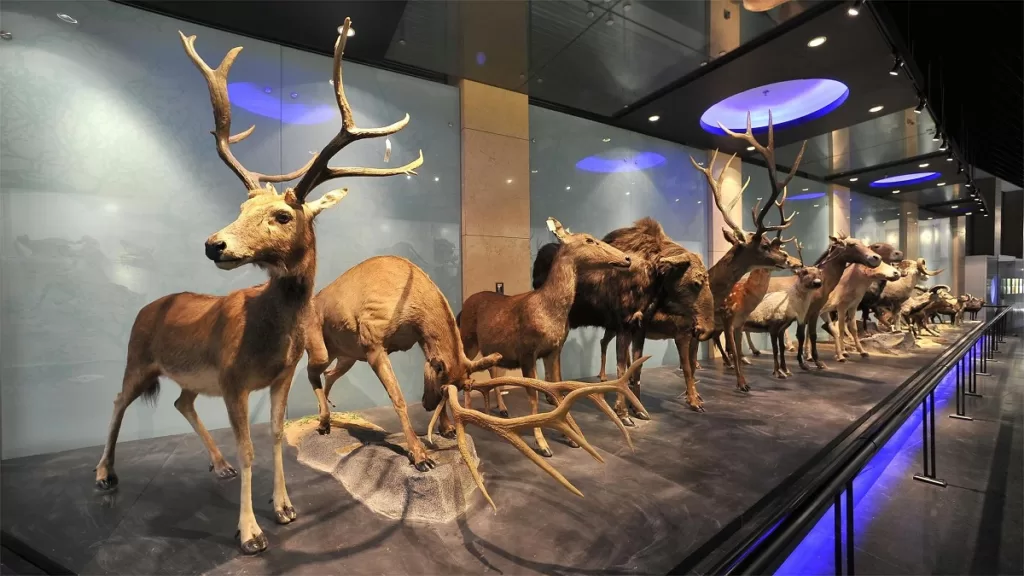
The National Zoological Museum of China (国家动物博物馆) is a natural history museum located in Pékin, China. It is one of the largest and most comprehensive museums of its kind in Asia, with a collection of over 5 million specimens of animals, plants, and fossils.
The museum’s collections are organized into several departments, including mammals, birds, reptiles and amphibians, fishes, insects, and fossils. The exhibits include specimens from China and around the world, including many rare and endangered species.
Visitors to the National Zoological Museum of China can learn about the diversity of the animal kingdom, the importance of conservation efforts, and the history of natural history research in China. The museum also conducts scientific research and provides educational programs for students and the general public.
Overall, the National Zoological Museum of China is an important cultural and scientific institution in China, showcasing the country’s rich natural heritage and promoting public awareness and appreciation of the natural world.
Table des matières
- Informations de base
- Localisation et transport
- Highlights of National Zoological Museum
- Vlog about National Zoological Museum
- Conseils utiles résumés à partir d'études
- Autres musées à Pékin
Informations de base
| Durée estimée de la visite | 2 heures |
| Prix du billet | 40 RMB |
| Heures d'ouverture | 9.00 - 16.30 ; Dernière admission : 16.00 Fermé le lundi |
| Numéro de téléphone | 0086-010-64807975 0086-010-64806899 |
Localisation et transport
The National Zoological Museum of China is located on the campus of the Chinese Academy of Sciences in Beijing, China. The address is No. 5, Beichen West Road, Chaoyang District. It is easily accessible by public transportation, with several bus stops and subway stations located nearby.
Bus : Take bus 143, 145, 311, 319, 379, 450, 466, 484, 607, or 695, get off at the Chinese Academy of Geography Stop (中科院地理所), and you will be standing right at the entrance.
Métro : The closest subway station to the National Zoological Museum of China is Olympic Park (奥林匹克公园) on line 8 and line 15. After getting out of the station, you still need to walk about 900 meters to the west to reach the museum.
Highlights of National Zoological Museum
The Giant Panda Exhibit
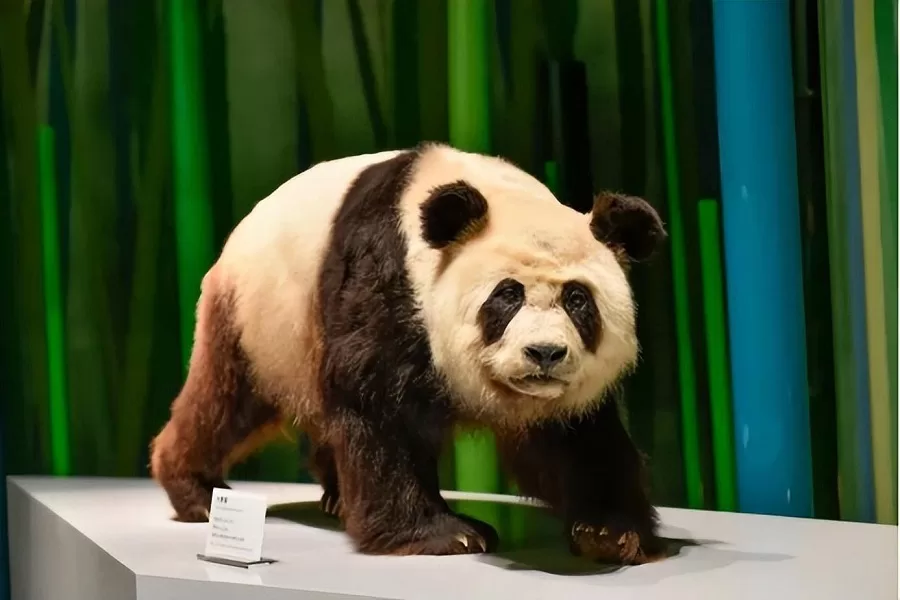
The giant panda exhibit at the National Zoological Museum of China is a popular attraction that showcases one of China’s most beloved animals. It features a range of specimens, including taxidermy specimens, skeletons, and interactive displays that provide information about the biology and behavior of giant pandas. Visitors can learn about the giant panda’s diet, habitat, and conservation status, as well as its role in Chinese culture and history.
The Bird Collection

The bird collection at the National Zoological Museum of China is one of the largest and most comprehensive in the world. With over 200,000 specimens from China and around the world, the collection includes rare and endangered species, as well as specimens that illustrate the diversity of bird anatomy and behavior. Visitors can see taxidermy specimens, study skins, and skeletons, as well as eggs and nests. The exhibit also features interactive displays that provide information about bird migration, communication, and ecology.
The Insect Collection
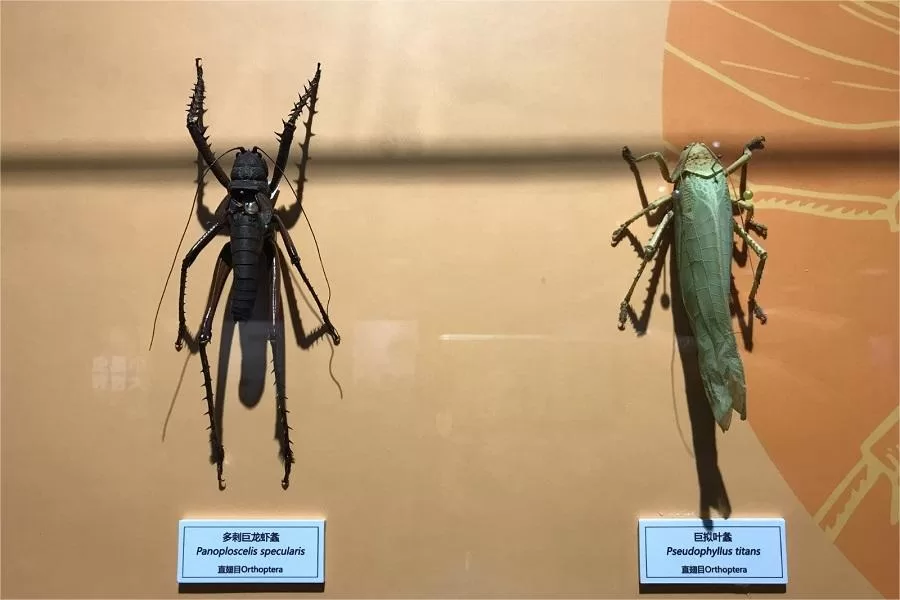
The insect collection at the National Zoological Museum of China is a comprehensive and diverse collection of over 1.5 million specimens of beetles, butterflies, moths, and other insects. The collection includes many rare and exotic species, as well as specimens that illustrate the diversity of insect anatomy and behavior. Visitors can see taxidermy specimens, pinned specimens, and microscopic preparations, as well as interactive displays that provide information about insect communication, camouflage, and life cycles.
The Marine Life Exhibit

The marine life exhibit at the National Zoological Museum of China is a fascinating collection of over 8,000 specimens of fish, crustaceans, and mollusks. The exhibit showcases the diversity of marine life, from colorful tropical fish to deep-sea creatures with bizarre adaptations. Visitors can see taxidermy specimens, skeletons, and preserved specimens, as well as interactive displays that provide information about the biology and behavior of marine organisms. The exhibit also highlights the importance of ocean conservation, and the challenges facing marine ecosystems today.
Vlog about National Zoological Museum
Conseils utiles résumés à partir d'études
4D Movie Experience: To enjoy the 4D movie experience, you need to purchase tickets separately. The price is 20 yuan per person for both adults and children. The 4D cinema is located on the basement level (B1). It’s advisable to arrive at least 10 minutes early to secure your seats. Seats are self-selected, and arriving early increases your chances of getting a centrally located seat for the best viewing experience.
Recommended Route: Start your visit from the main lobby and follow this recommended route for a comprehensive experience:
Lobby ➡️ 1st Floor Endangered Animals Exhibition Hall ➡️ 1st Floor Birds Exhibition Hall ➡️ 2nd Floor Butterfly Exhibition Hall ➡️ 2nd Floor Insect Exhibition Hall ➡️ 2nd Floor Human and Animal Exhibition Hall ➡️ Basement Level Invertebrate Exhibition Hall
Bag Storage: Bag storage facilities are available on the left side of the entrance, allowing you to store your belongings securely during your visit.
Resting Area and Souvenirs: There is a designated resting area on the basement level where you can relax and enjoy snacks or meals. Souvenirs are also available for purchase in this area.
Autres musées à Pékin
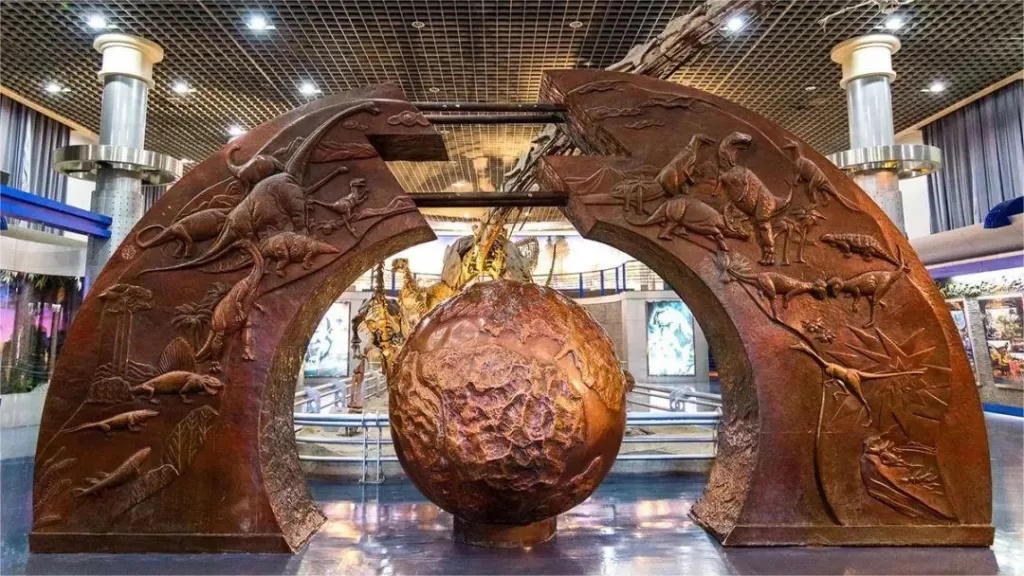
Musée d'histoire naturelle de Pékin

Musée de l'automobile de Pékin
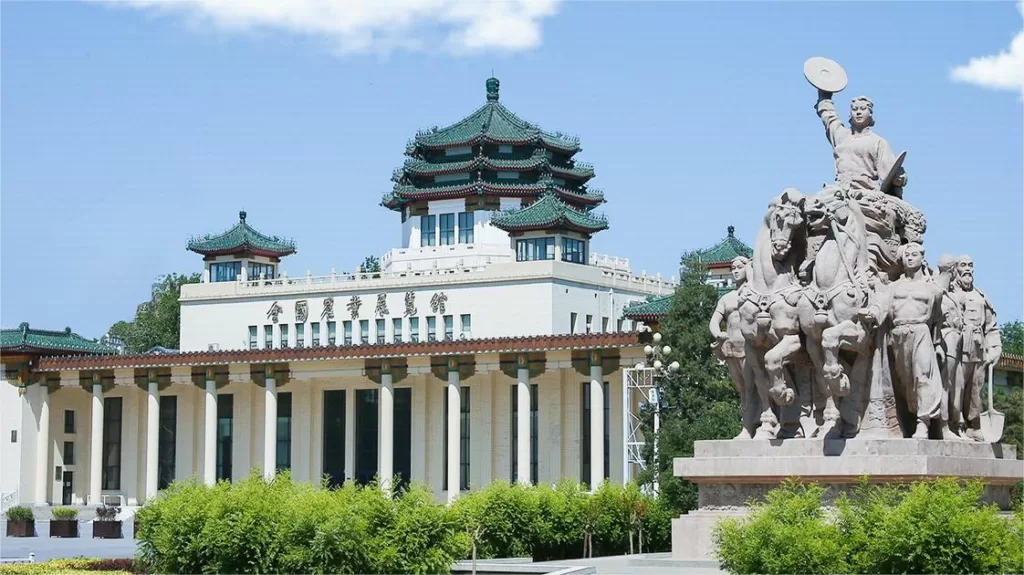
Musée agricole de Chine

Musée de l'aviation de Chine
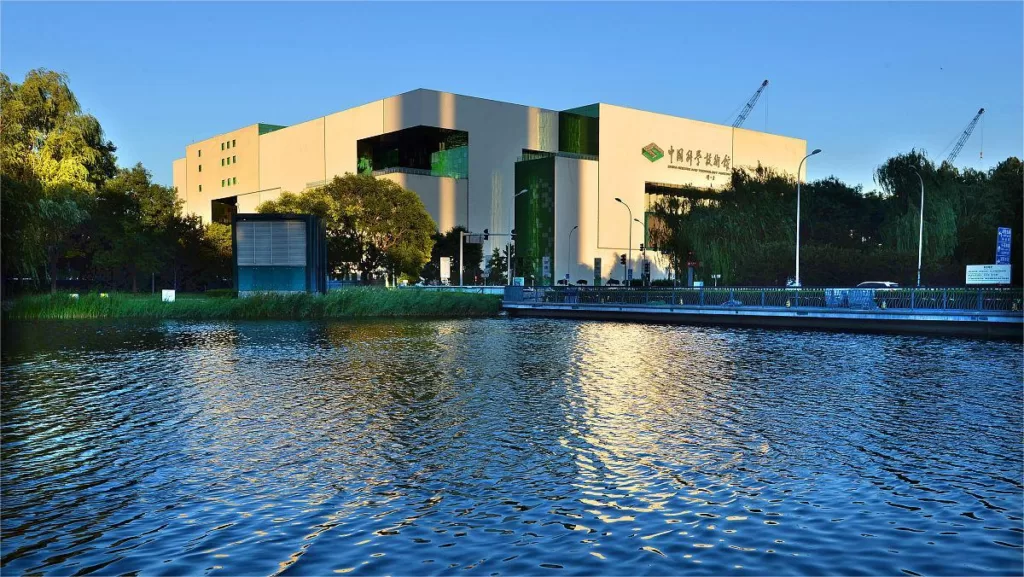
China Science and Technology Museum

Musée de la capitale, Pékin